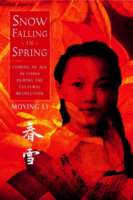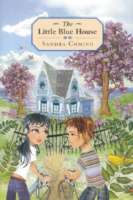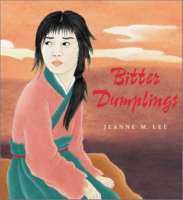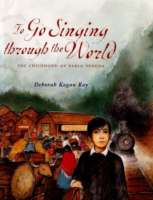
Moying Li is twelve-years-old when Cultural Revolution sweeps China. In 1966 Moying, a student at a prestigious language school in Beijing, seems destined for a promising future. Everything changes when student Red Guards begin to orchestrate brutal assaults, violent public humiliations, and forced confessions. After watching her teachers and headmasters beaten in public, Moying flees school for the safety of home, only to witness her beloved grandmother denounced, her home ransacked, her father’s precious books flung onto the back of a truck, and Baba himself taken away. From labor camp, Baba entrusts a friend to deliver a reading list of banned books to Moying so that she can continue to learn. Now, with so much of her life at risk, she finds sanctuary in the world of imagination and learning.This inspiring memoir follows Moying Li from age twelve to twenty-two, illuminating a complex, dark time in China’s history as it tells the compelling story of one girl’s difficult but determined coming-of-age during the Cultural Revolution.



